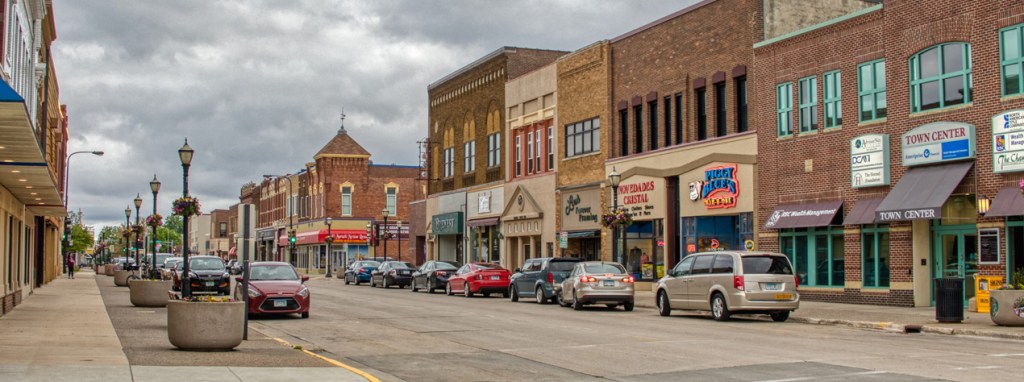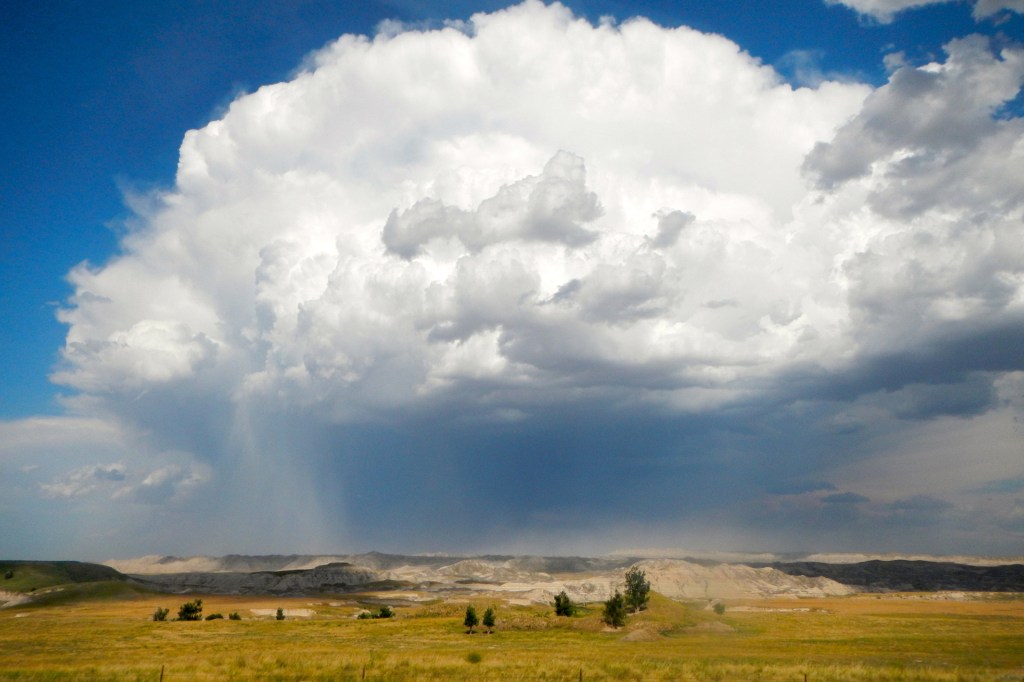Discover the partnerships inspired under the Community Reinvestment Act to invest and build credit in underserved areas and help individuals, businesses, and farms thrive.


The Community Reinvestment Act can help lenders chart a different future for low-and moderate-income neighborhoods.







Explore how the Community Reinvestment Act has served communities and how banks have partnered with other organizations to invest in communities.
What is the Community Reinvestment Act and why does it matter?
For many generations in the United States, discriminatory restrictions were written into policies and woven into practices around lending and investment. As a result, low- and moderate-income (LMI) geographies often lacked access to credit from banks.
Without credit access, some people couldn’t buy a home, move into certain neighborhoods, or start a business, while others could more easily jump on these opportunities. Inequities rooted and grew within the economy.
In response, Congress passed certain laws passed in the 1960s and 1970s to promote fairer and more equitable lending and investment. Some of them—including the Home Mortgage Disclosure Act, the Fair Housing Act, and the Equal Credit Opportunity Act—often are referred to as “fair lending laws.”
Enacted in 1977 alongside these fair lending laws, the Community Reinvestment Act (CRA) seeks to encourage banks to meet the credit needs of their communities, consistent with safe and sound operations.
“Fair lending laws and the CRA set the unequivocal standard that there is no place for such discrimination in the financial system,” noted Michael S. Barr, the Federal Reserve’s Vice Chair for Supervision. “Borrowers in every community deserve to be treated fairly.”
What does the CRA mean for banks?
The Board of Governors of the Federal Reserve System, the Federal Deposit Insurance Corporation, and the Office of the Comptroller of the Currency are the three federal agencies that examine how well banks meet CRA requirements and rate them in a publicly available report.
Each bank that is subject to CRA is evaluated by one of the three agencies. The agencies evaluate how well a bank is meeting community credit needs by considering several factors, including:
-
What a bank does to help meet the credit and community development needs of its entire community. For example:
- Investing in affordable housing development projects;
- Providing community development services, such as credit counseling to assist LMI borrowers in avoiding foreclosure on their homes; and
- Investing in LMI geographies, designated disaster areas, or certain other distressed or underserved areas.
- Whether a bank’s investments and services are responsive to the credit and community development needs of communities.
- A bank’s lending to borrowers of different income levels.
- A bank’s lending to businesses and farms of different sizes.
The CRA also requires the agencies to take a bank’s CRA record into account when evaluating a banking application, such as an application to open new branches.
Resources
Learn more about the CRA legislation via resources from the Federal Reserve:
- The Community Reinvestment Act (CRA)
- Community Reinvestment Act of 1977
- CRA Analytics Data Tables
- An introduction to the CRA (Video)
- Financial Inclusion: Past, Present, and Hopes for the Future (Speech)
Resources from the Federal Financial Institutions Examination Council (FFIEC):
Connect with your Federal Reserve supervisory agency:
Explore stories showing how lenders have leveraged the CRA to invest in communities:
- Building wealth with financial education and homeownership
- Banks help Tulsa embrace a future that is equitable and successful for all
- Community bank provides critical capital so small businesses can stay afloat
- How C’s Daycare secured funds to meet Red Lake Nation child care needs
- Investment Connection: Getting to ‘We have a deal’
Page last updated: September 26, 2024







![[Watch] Putting the Community Reinvestment Act (CRA) to Work in Your Community](https://fedcommunities.org/wp-content/uploads/2022/12/connecting-communities-panel-20221201-1920x1280-1.jpg?w=1024)

